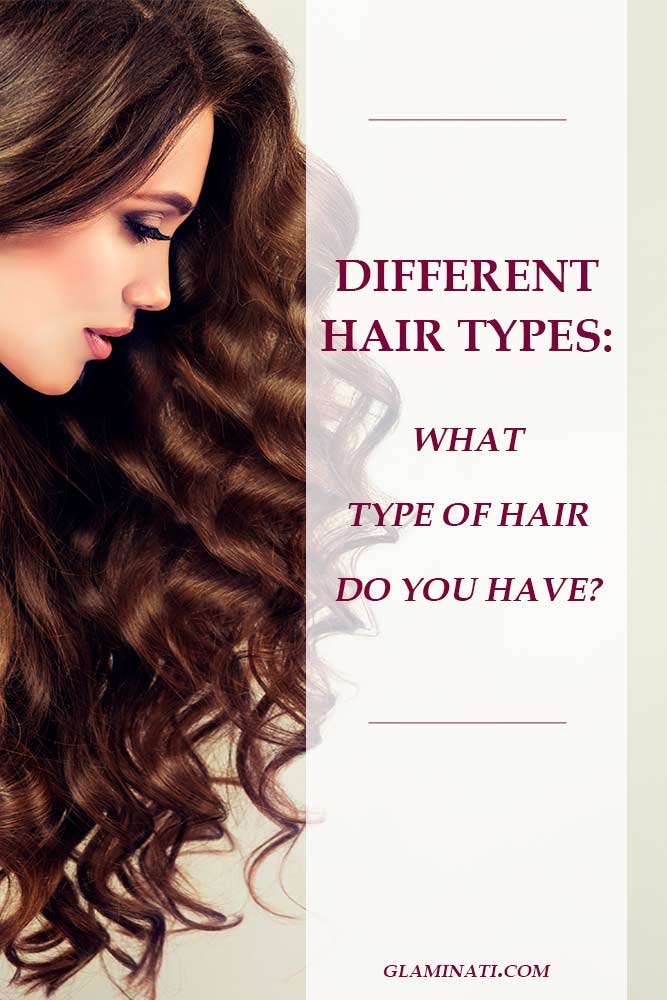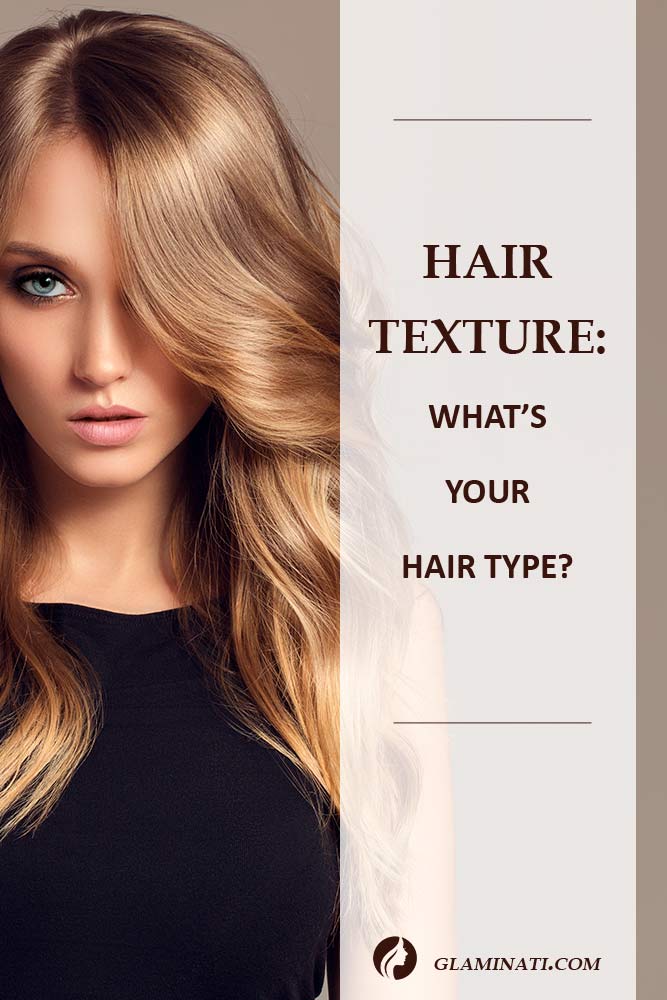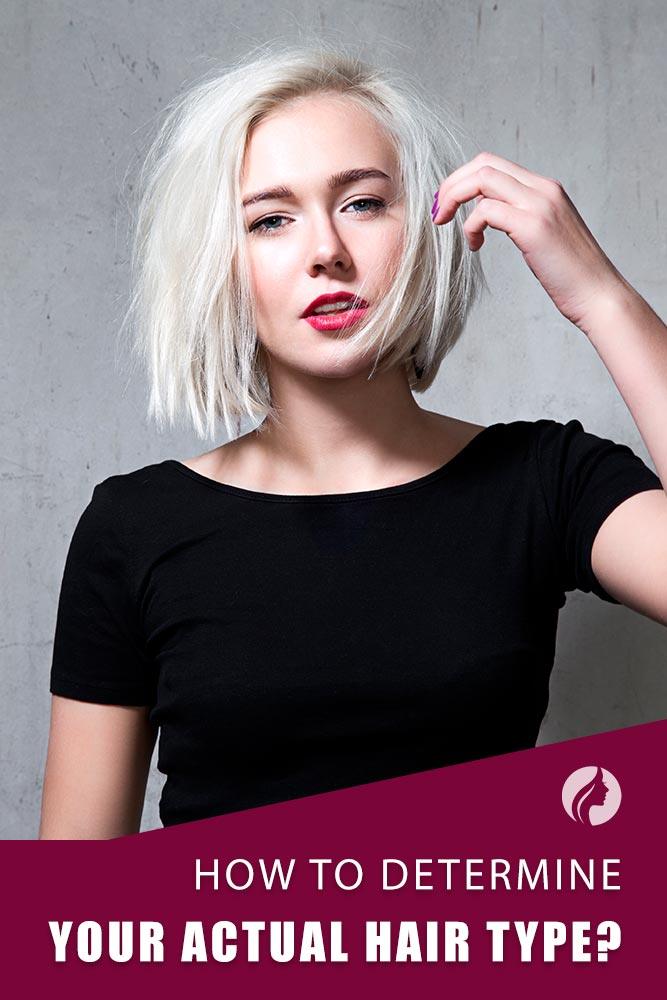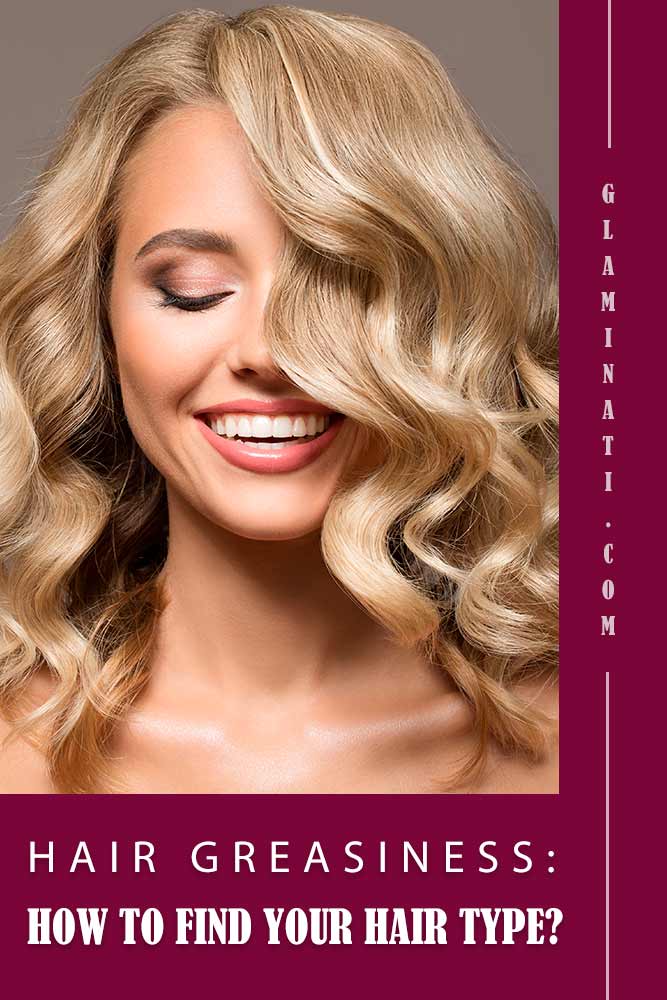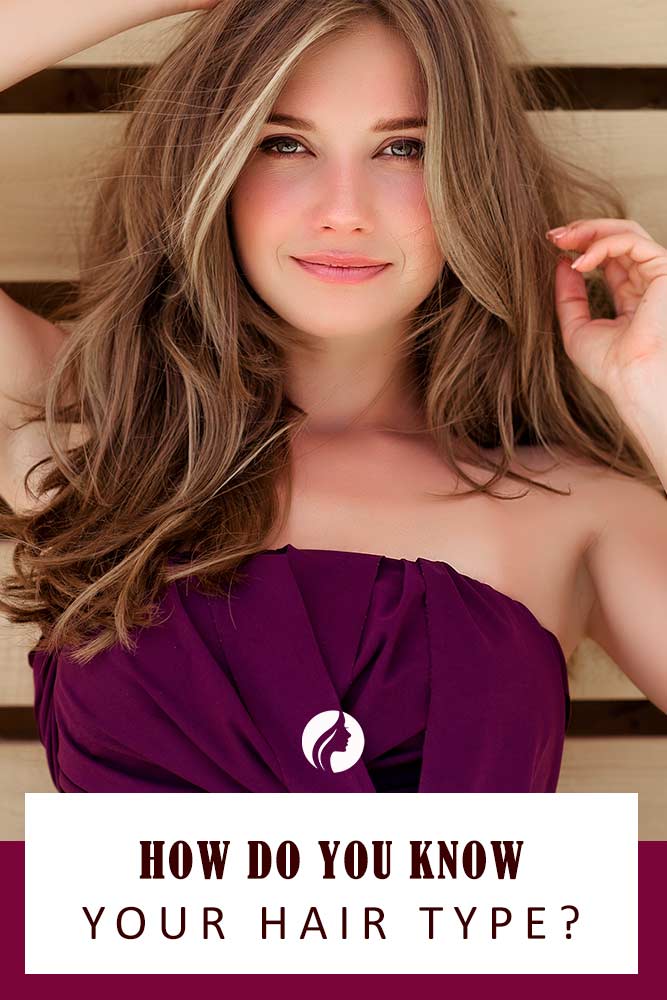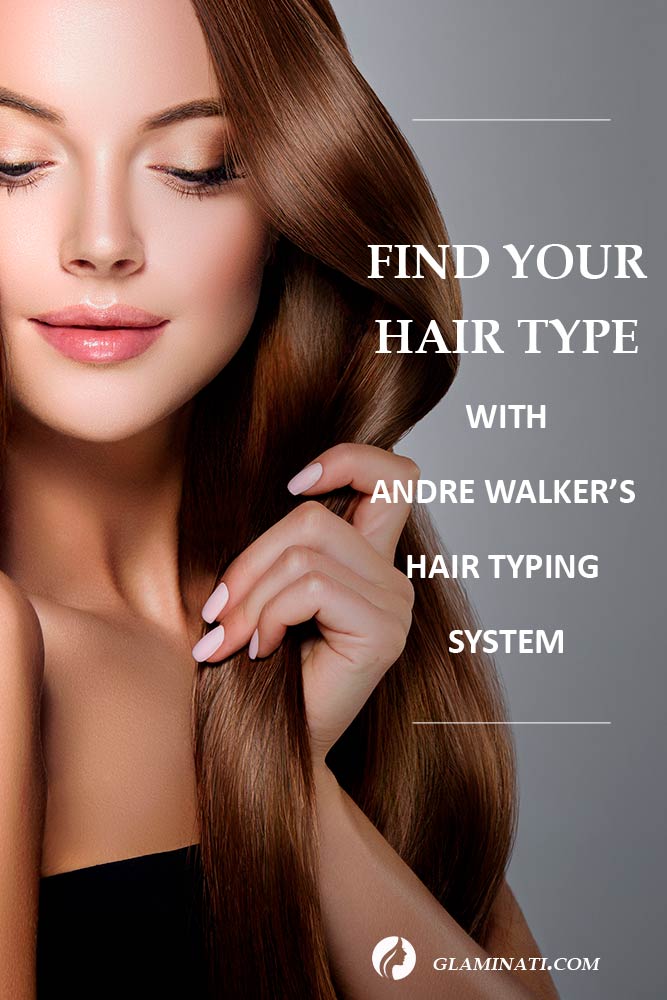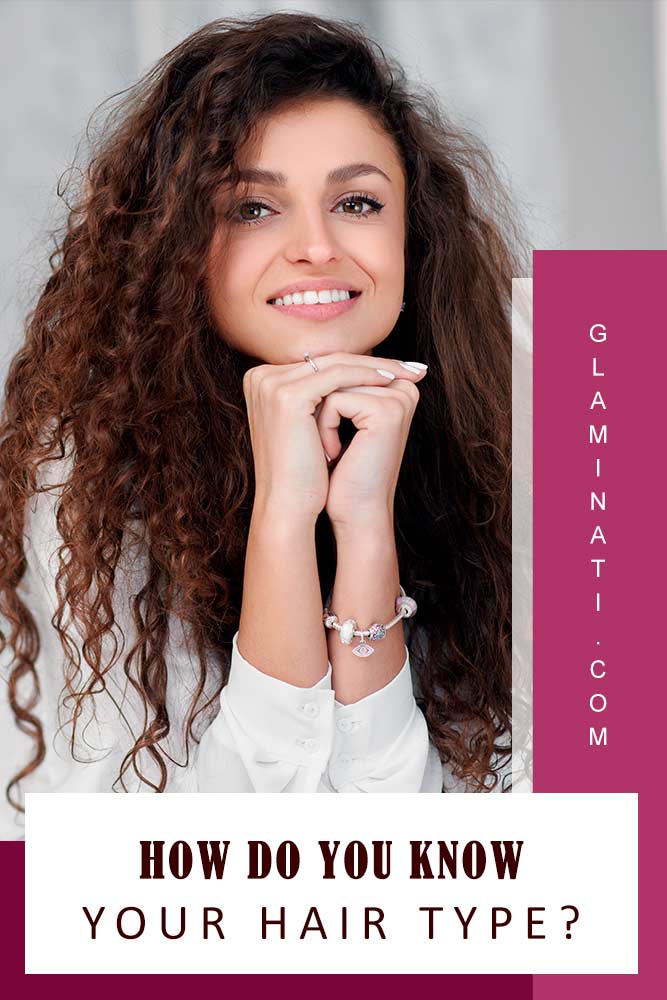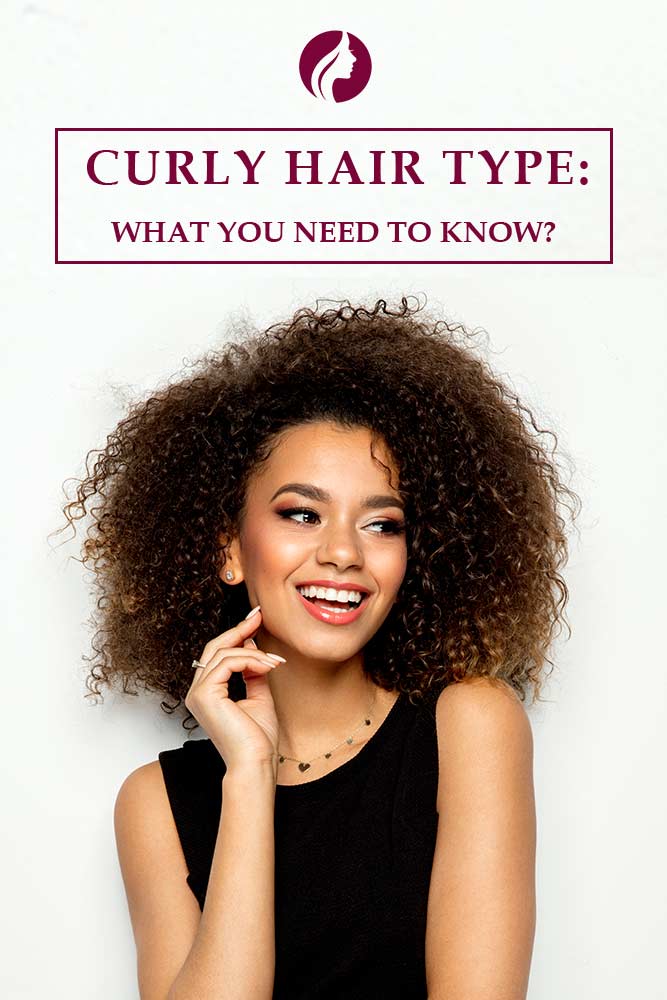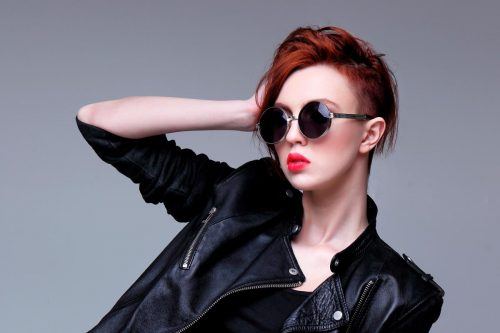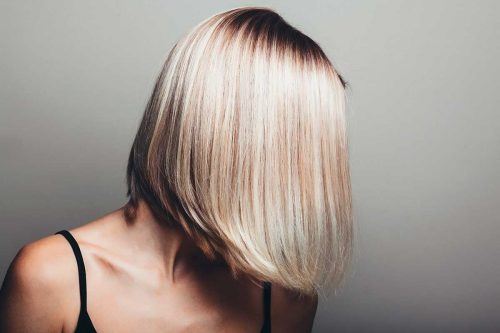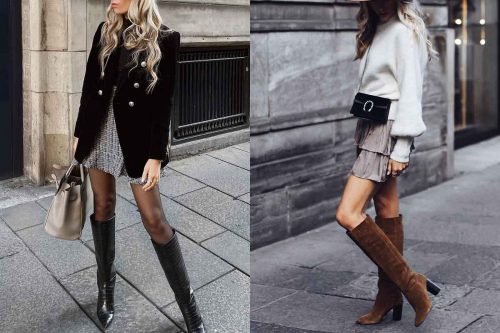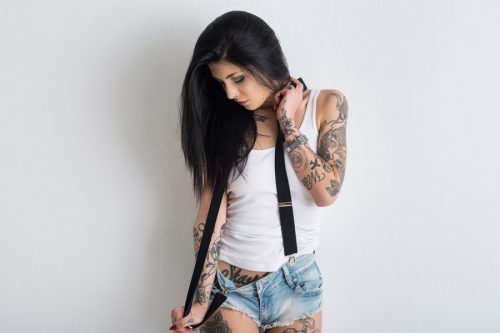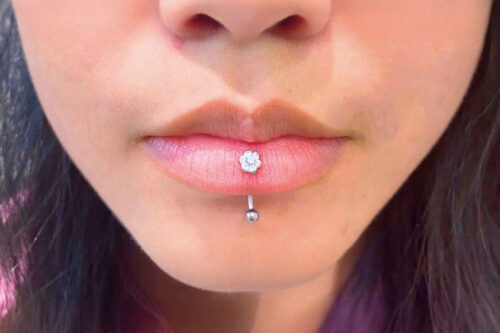It wouldn’t be great news if we said that there are different hair types, and each requires special care. However, in the majority of cases, when we claim that we know the type of hair we have, we tend to be unable to find the best suitable products for it. Why is that? The answer to the question is very simple – you need to discover the matter deeply. Once you are through with the article, you will think that you knew nothing about your hair before. It is time we turn the tables and make you a real hair professional!
What Are The Different Hair Types?
We can’t stop repeating that there are various types of hair. However, how do you determine which one is yours? It is not that easy as it may seem at once, but it is possible with the right guidance. The truth is that different factors add up and define your natural hair type.(1) There is hair density, diameter, porosity, greasiness, elasticity, and curl pattern to be aware of. Once you researched all those elements and put them in one, you will get the hair type that is yours. After that, it won’t take you long to find the best suitable hair care products to make your mane healthy, shiny, and flawless.
Hair Density
So far, we have established that there are different hair types, now it is time we figure out what hair density is. The chances are that you may have already heard about the notion, but you do not really know what it stands for. When you determine your hair type, you need to know how dense it is. The density defines how much hair there is on your head. There is a simple test for it:
- Take a section of your hair.
- Pull it sideways.
- If you can see the scalp easily – you have thin hair density.
- In case you can hardly see the scalp – the density is thick.
- When there is something in-between, then medium density it is. (2)
Hair Diameter
Hair diameter is the thickness of your strands. You may already know that there are different types of hair - fine, medium, and thick hair. How do you determine yours? The test is very basic in its core. All you need is a sewing strand. So:
- Take a strand of your hair.
- Place it on a flat surface.
- Put a sewing thread to it.
- If the thread is thicker – your hair is fine.
- In case the thread is thinner – your hair is thick.
- Anything in-between means that your hair is medium.
Porosity
The notion of porosity may be new to you, but it is an essential one. The truth is that the number of pores in the hair cuticle defines how well it absorbs water along with other hair products. There is high, normal, and low porosity, and there is also a simple test to determine yours. All you need to do is to submerge a hair strand into the water.
Hight porosityIf your hair strand sinks right away, that means that the porosity is high. This also means that your hair is highly prone to damage. That fact that your hair can absorb everything indicates that along with vitamins and water, it also absorbs chemicals. Another easy way to determine high porosity is to think about how long it takes you to dry your hair out. Hair with high porosity dries very fast.
Normal PorosityIf your hair strand does not sink nor remains on the surface, then your porosity is normal, and your hair is well-balanced.
Low PorosityWhen the strand remains floating on the surface, it indicates low porosity. The minimal number of pores in the hair cuticle does not allow it to absorb water and all the hair care products. It takes hours to have it dry, and also it takes a lot of water to have it drenched.
Hair Greasiness
There is barely a lady who enjoys that bad day hair look when you do not have time to wash your locks, and they look and feel quite greasy. The truth is that it is not the hair texture that determines the greasiness of your hair but the oiliness of your scalp. Also, it should be noted that the level of greasiness defines the number of times that you should wash your hair weekly. So, what is the way to find out your greasiness level? It is very simple, in fact:
- Wash your hair before going to bed.
- Let it air dry.
- Do a greasiness patch in the morning.
- Use a tissue over the areas behind your ears.
- If, after pressing the tissue to the scalp, there is a greasy stain on it, you have oily hair, and you need to wash it at least 4 times a week.
- When there is nothing left on the tissue, then you have dry hair, and you should consider some additional hydration.
- There is also combination hair. This means that your scalp is oily only in some certain areas. Usually, these are the temples and behind the ears.
Hair Elasticity
Hair elasticity is one of the defining factors that speak for the health of your hair. You can easily test how elastic your hair is:
- Wash your hair and pluck one hair strand.
- Now try to stretch it as long as you can.
- If the strand stretches almost half the length of it, then you have highly elastic hair, and that is great. It means that your hair is healthy and shiny.
- When the strand stretches at least a little, then you have medium hair elasticity. It is not bad, but you may consider some natural masks to strengthen your hair a little more.
- In case the stand breaks right away, this means that your hair is highly damaged, and the hair elasticity is low. If that is your case, you need to be very careful as to the products that you use on your hair.
Curl Pattern Or Andre Walker’s Hair Typing System
With all the information discussed above, we come to the point when it is time to determine precisely the type of hair you have. Andre Walker is the one who distinguished 4 types of hair with 3 subcategories to each type. (3) We are going to review all the categories and sub-categories in detail so that no questions are remaining as for the type of hair you have.
Type 1: Straight
Every girl with straight hair dreams about natural curls and vice versa, that is a known fact. However, even if you have straight hair, you may not know that there are three types of it:
- Type 1A – very flat and thin hair, with a little body to it, peculiar for Asian women.
- Type 1B – a little less flat with some body to it, holds curls well.
- Type 1C – has the most texture and holds curls best.
Type 2: Wavy
Sometimes it may seem that there is no need to compare wavy vs curly hair since they are the same. However, that is not true, and wavy hair is that perfect middle between straight and curly hair. There are three types of wavy hair:
- Type 2A – it that type of hair that we call natural beach waves, those who own it are truly blessed since it is very easy to style no matter straight or curly you want it, and it is not prone to frizz.
- Type 2B – this type of wavy hair is defined by tight waves that replicate the shape of your head, a little frizz is natural.
- Type 2C – this is the frizziest type of wavy hair defined by tight, bouncy waves.
Type 3: Curly
It is hard to mistake curly hair for any other hair type since the well-defined ringlets are well-defined. (5) Some sources classify curly hair as “s” shaped hair. there are also three types of curly hair:
- Type 3A – this type of hair defines loose curls that are shinier than all the other curly hair types. It is easy to style and does not require lots of styling products.
- Type 3B – spiral ringlets or tight corkscrews define this curly hair type. Such hair is prone to frizz and requires a significant amount of styling products. Usually, it belongs to women who are half Afro-American.
- Type 3C – these curls are tight and highly textured, however not as smooth as other types.
Type 4: Kinky Hair
Kinky hair is also a type of curly hair that is peculiar for Afro American women for the most part.(6) The curls are very tight and usually consist of several strands. Usually, kinky hair is very dry since natural oils cannot spread all over the strand. Another peculiarity of this hair type is that it preserves the same form, whether wet or dry.
- Type 4A – the coils are tight, and when stretched, the ‘s’ pattern is visible. The curls themselves are cylindrical and springy.
- Type 4B – this type of kinky hair forms a ‘z’ pattern when stretched. Usually, the ends are curlier than the roots with this type.
- Type 4C – this type is not that well-defined, and the curls form zigzag patterns. Besides, the hair shrinks when wet.
Can You Change Your Hair Type?
It is only natural to admire someone’s hair and wish that you had the same. However, there is slightly a chance that you can alter your hair texture permanently. Of course, there are countless ways that you can artificially change the hair texture, yet none of them lasts forever, and even chemicals tend to wear off.
The only way to undergo hair texture change, which is permanent, is to opt for a dramatic change in your organism (think cancer treatment). The fact is that no one would willingly do that since there is rarely anything good hiding behind the process.
It needs to be mentioned that the only natural alteration to the hair texture is the fact that it grows. When your hair gets longer is straightens up a little under its own weight.
All in all, the best way to change your hair type at least for a while is to use some hair products that are created for the purpose. For instance, you can give any wispy curls some definition with a curl cream, this will help hair appear thicker and curls fuller.(7) Or you can straighten your wavy hair with a hair straightener for a smooth and shiny look. The key point is to keep away from anything that may damage your hair.
FAQ: Hair Types
Is my hair 1c or 2a?
Type 1c hair curls under toward the base and retains a slight curl. Although type 2a hair is wavier than straight hair (type 1), it is not considered curly.
How do you know if you have 3C hair?
If your hair keeps its S or Z-curve shape even after it has been stretched out, it means you have curly hair. This type of hair has a distinct curl pattern, and its texture isn’t frizzy.
How do I figure out my hair type?
- Straight hair is defined as hair that falls flat from the tips to the roots.
- Wavy hair falls somewhere between straight and curly.
- If your hair strands have a ‘S’ pattern, it is considered as Curly hair.
- Coily hair has a ‘Z’ shape.
- “Natural hair” is generally understood as the natural texture and/or length of hair; it is defined as hair that is untreated by chemicals or heat and can be styled with or without extensions. Source
- An individual's hair volume, as a result, can be thin, normal, or thick. Source
Was this article helpful?




